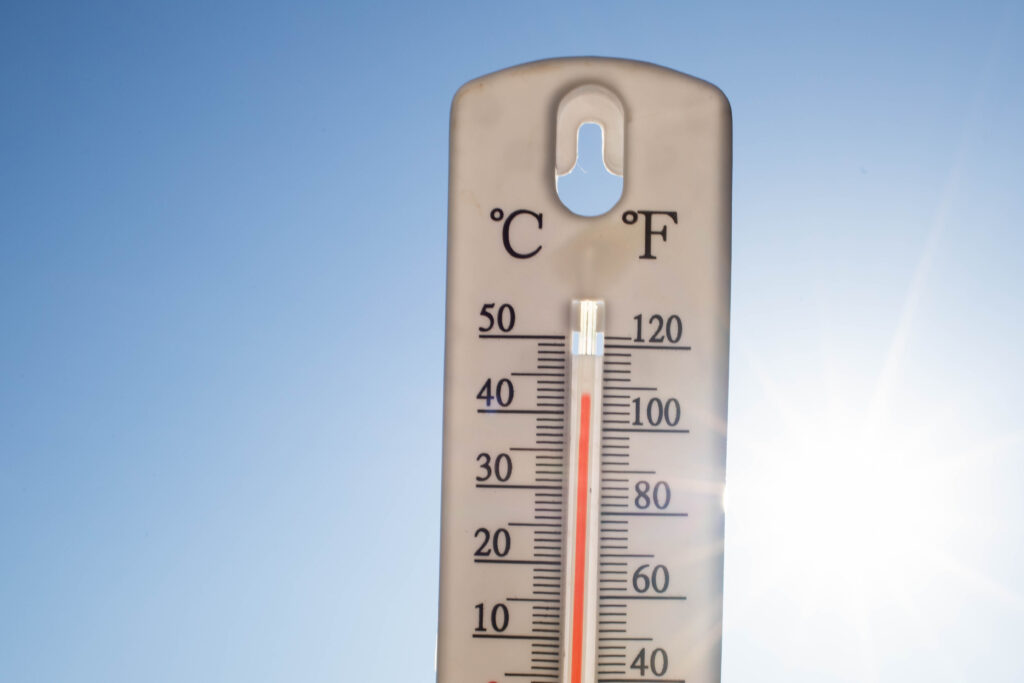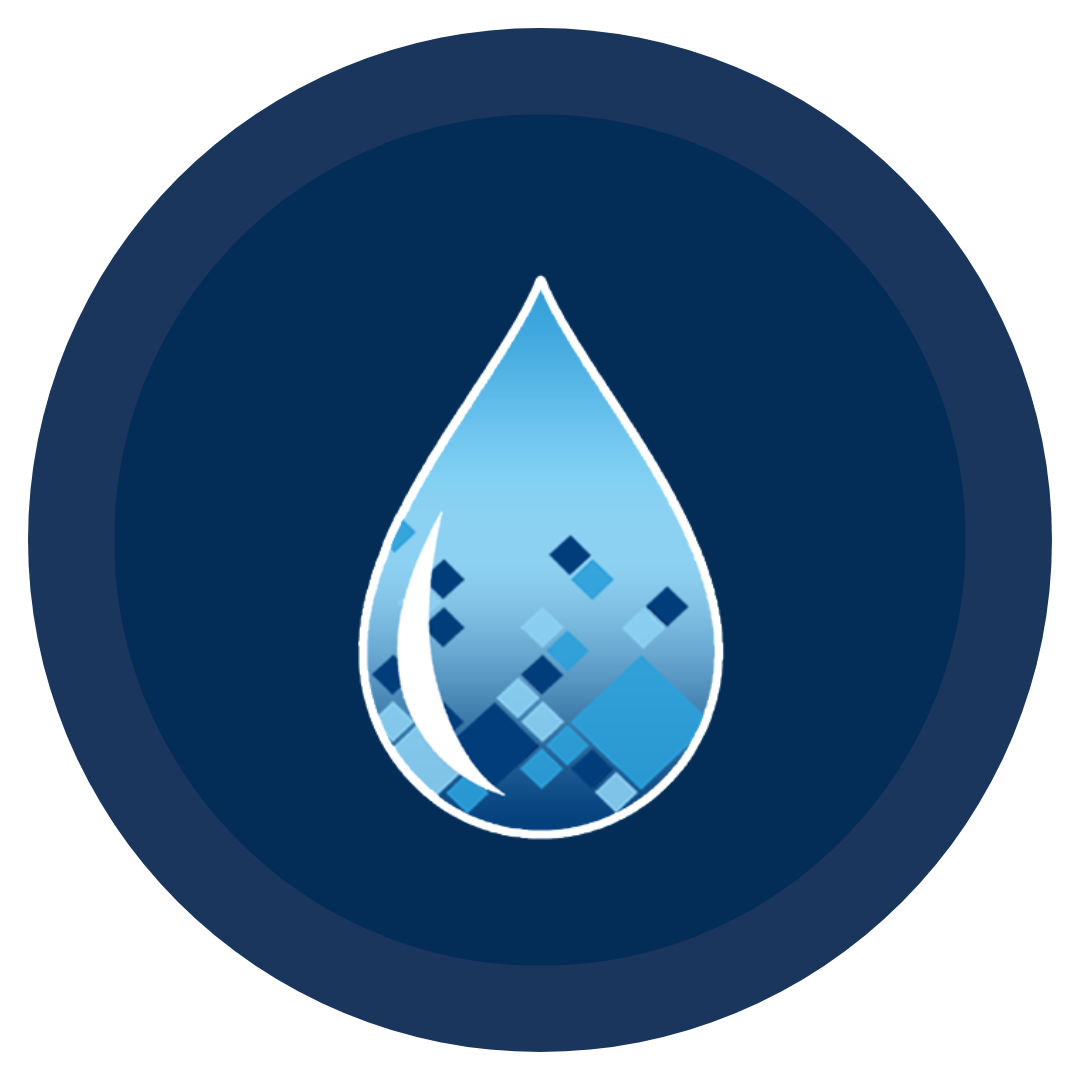Legionella bacteria can pose significant risks if not properly managed. Understanding the parameters within which Legionella thrives is crucial for effective Legionella servicing and maintaining acceptable levels of Legionella in water.
When it comes to Legionella management, knowing the acceptable levels of Legionella in water is paramount. It’s essential to be aware of the potential danger zones and how to mitigate them effectively.
How Long Does Legionella Take to Develop in Water?
Legionella bacteria, notorious for causing Legionnaires’ disease, can proliferate swiftly under specific conditions within water systems. Understanding the timeframe within which Legionella develops in water is crucial for maintaining acceptable levels of Legionella and adhering to OSHA Legionella action levels to ensure water safety.
Legionella growth is influenced by various factors, including temperature, stagnation, and the presence of biofilms. In stagnant water, Legionella can multiply rapidly, reaching dangerous levels within a relatively short period. The risk of Legionella proliferation underscores the importance of regular monitoring and maintenance to prevent outbreaks and ensure compliance with acceptable levels of Legionella in water as per OSHA guidelines.
To mitigate the risk of Legionella contamination, it’s essential to conduct thorough risk assessments and implement appropriate control measures. Monitoring the water temperature and ensuring proper disinfection are crucial steps in preventing Legionella growth. Additionally, maintaining adequate flow rates and minimizing water stagnation can help reduce the risk of Legionella colonization in water systems.
What is the Danger Zone for Legionella?
The “danger zone” for Legionella refers to conditions where the bacteria can proliferate and pose significant health risks to occupants. Understanding this zone is crucial for effective Legionella management and ensuring compliance with OSHA Legionella action levels and acceptable levels of Legionella in water.
OSHA Legionella action levels serve as critical benchmarks for identifying potential danger zones within water systems. These action levels specify the maximum allowable concentration of Legionella bacteria in water to mitigate the risk of Legionnaires’ disease outbreaks. Facilities must monitor water quality closely and take corrective actions if Legionella levels exceed these thresholds.
The danger zone for Legionella encompasses environments conducive to bacterial proliferation, such as stagnant water, biofilm buildup, and inadequate disinfection. These conditions can create reservoirs for Legionella bacteria, increasing the likelihood of exposure and infection among building occupants.
Maintaining acceptable levels of Legionella in water is essential for preventing bacteria colonization and transmission. Factors such as water temperature, pH levels, and disinfection practices play significant roles in controlling Legionella growth and reducing the risk of contamination.
By proactively addressing potential danger zones and adhering to OSHA Legionella action levels, facilities can effectively minimize the risk of Legionnaires’ disease outbreaks and protect the health and well-being of occupants.
How Long can Legionella Survive out of Water?
Legionella bacteria, the causative agents of Legionnaires’ disease, possess remarkable survival capabilities outside of water. Studies have shown that Legionella bacteria can survive for extended periods outside of water, particularly when protected within biofilms or amoebae. These protective environments shield Legionella from harsh conditions and disinfectants, allowing the bacteria to persist and potentially pose a threat to human health.
While Legionella primarily thrives in water systems, it can also survive and remain viable in various environments, including soil, compost, and even within amoebae. The ability of Legionella to survive outside of water underscores the importance of comprehensive Legionella management strategies. Facilities must consider all potential sources of exposure, including cooling towers, hot water systems, and decorative fountains, to effectively prevent Legionnaires’ disease outbreaks.
By understanding the survival capabilities of Legionella outside of water and implementing targeted control measures, facilities can effectively mitigate the risk of Legionnaires’ disease, a bacterial infection, and ensure a safe environment for occupants.
What Temperature Kills Legionella?
Legionella bacteria are relatively resistant to high temperatures and can survive in a broad temperature range. While temperatures above 60°C (140°F) are effective in killing Legionella, the bacteria can still survive at lower temperatures, albeit at reduced rates.
Understanding the temperature range at which Legionella bacteria thrive is essential for implementing effective control measures to prevent Legionnaires’ disease outbreaks. Legionella bacteria prefer warm water environments, with optimal growth occurring between 20°C to 45°C (68°F to 113°F).
To ensure the elimination of Legionella bacteria, water systems must undergo thermal disinfection processes that raise the water temperature to levels sufficient to kill the bacteria. Thermal disinfection is a critical component of Legionella management plans, particularly for high-risk environments such as healthcare facilities and hotels.
In addition to thermal disinfection, maintaining water temperatures outside of the Legionella temperature range can help prevent bacterial growth and colonization. Regular monitoring of water temperatures, along with proper maintenance of water systems, is essential for ensuring compliance with Legionella control guidelines.
Leading the Charge in Legionella Management and Water Safety
While Legionella bacteria present significant challenges to public health, innovative solutions from IWC are revolutionizing Legionella management. Understanding the parameters within which Legionella thrives is crucial, and IWC’s cutting-edge technologies offer effective Legionella servicing while ensuring acceptable levels of Legionella in water.
By leveraging IWC innovations, such as advanced monitoring systems and precision control measures, facilities can navigate the danger zones with confidence. From real-time data analysis to targeted interventions, IWC’s solutions empower facilities to stay ahead of Legionella threats and maintain water safety standards. By embracing IWC’s pioneering approaches, facilities can not only mitigate the risk of Legionnaires’ disease outbreaks but also lead the way in proactive Legionella management. With IWC innovations at their disposal, facilities can protect public health and set new standards for water management excellence.




